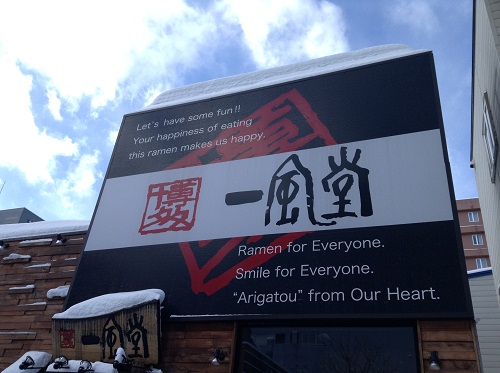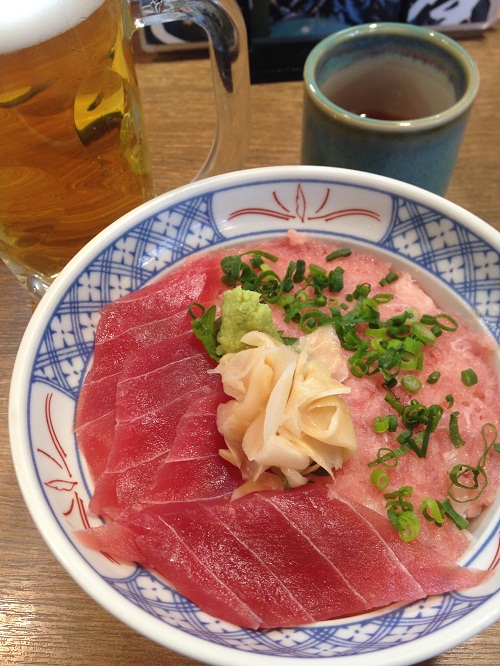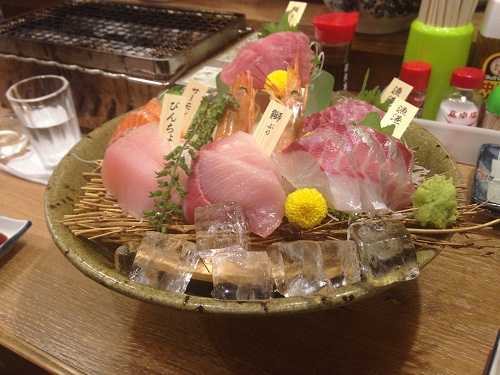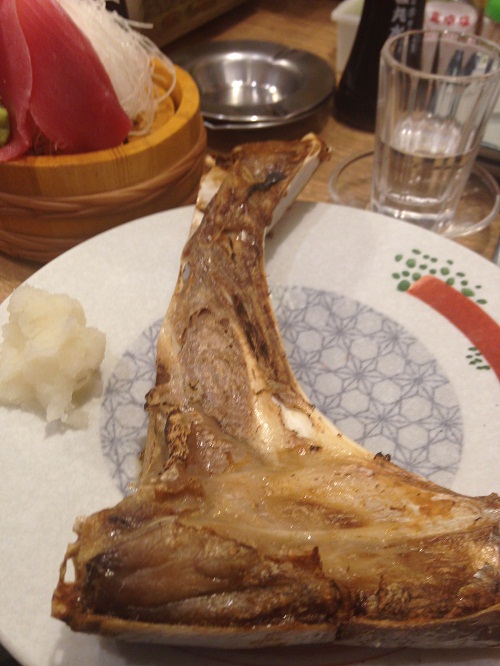A few weeks ago we ate at a ramen and sushi restaurant in Edinburgh, Maki & Ramen, pretty good ramen for being outside of Japan and the atmosphere was great, they provided people with post it notes and pens to leave messages and art work all over the walls.
It got us reminiscing about food we missed from Japan, the wacky, the wonderful, the exotic, the textural.
There’s a whole world of ramen. Different types include shoyu (soy sauce), tonkotsu (pork bone), shio (salt), miso (soy bean), tsukemen (noodles are dipped in broth) and instant ramen noodles. There are also regional differences in ramen, too many to list for that, so let’s move on. My favorite ramen is miso and Jeff’s favorite is tonkotsu (with extra pork, of course). I must have an egg in mine, that is my favorite part of the ramen, a nice soft boiled egg. Egg is used a lot in Japan, and not just in omelettes or quiche, but on top of things.
There are museums dedicated to ramen in Japan. We visited both the Shin-Yokohama Rāmen Museum in Yokohama and the Cup O Noodles Museum, also in Yokohama.
In most ramen restaurants you first select and pay for your meal at a machine at the front of the shop (see above photo). You use the buttons to select what you want and put your money into the machine, it then dispenses a ticket with your order that you give to the chef behind the counter. Most places have counter seating and a few other seats depending on how large the restaurant is.
While in Sapporo I went to Ramen Alley, the birthplace of ramen. Sam was asleep in a stroller when I arrived just as shops were opening. The alley is very narrow and shops are small, some only having maybe 10-12 seats. I decided to go into a place on the corner since it was a bit easier to get myself and a stroller into (even that was a squeeze) and there were not yet many people in there. It was not until after ordering that I noticed a thank you on the wall from Anthony Bourdain on behalf of his show “No Reservations”. He had eaten at this restaurant which was featured on his “No Reservations” episode about Hokkaido (the island Sapporo is on). I found a video of that part of that episode on the restaurant we were at, Aji no Karyu.

Other favorite foods in Japan were tempura, sashimi (raw fish) for Jeff, yakitori (basically, meat on a stick) and everything about the entire sushi go round experience.



By the way, I don’t eat sashimi, but Jeff loves it so he provided those photos. He also threw this one in, any guesses???

It’s tuna cheek. He said it was ok.
A sushi go round is not a spectator meal, you have to participate. As the belt goes around, you select and take what plates you want. You can look through an electronic menu at each table and place specific orders as well. When the plate with your order is about to arrive at your table, a song plays letting you know it’s almost there and your plate will be elevated on top of another plate so you know that’s your order. When you are done with your meal, you ring for a member of waitstaff to come and count up your plates. Each plate costs something different depending on what color they are, for example, black plates might be 100 yen, red plates 120 yen, etc. You stack all the same color plates together and they total them and give you an electronic print out you take to the cash register to pay. There are even plates with dessert items going around the belt. Hamazushi was the sushi go round chain we went to most frequently.
No culinary tour of Japan is complete without yakitori, or meat on a stick. There was one in a narrow alley in Yokosuka where we lived. No tables to sit at, you just lined up in front of the stand to pick out your skewers of pork, chicken or chicken meat balls. For the more adventurous there was chicken skin, chicken liver, pork heart, chicken tail, pork liver or pork tongue. You ate while standing and then counted up your empty wooden skewers so you could pay, less than $1 per skewer.
One of our favorite nights in Tokyo was going to “Memory Lane” or “Piss Alley” (sorry, that’s what they call it) near Shinjuku. You definitely feel like you are stepping back into post war Tokyo, very narrow alleys, not very good lighting, electrical wires running everywhere, people cooking boiling cauldrons of steaming liquid over open flames and plenty of beer on hand, oh, and great yakitori!
One of our last trips into Tokyo was for pizza, yes, I know, not very original, but when you don’t have it very often, you crave it. We had a babysitter at the hotel for Sam and went wandering around after dinner. I have no idea what part of the city this happened, but we came across a restaurant area that only had salarymen eating there. Salarymen are the hard working white collar workers that form the backbone of Japanese corporations. They dress the same, white starched shirts and dark suits, and follow the same long 12-16 hour days of work, usually concluding with dinner and drinks with their boss. Most foreigners don’t hang out with them at the back alley place we came across this group, but they seemed to take a shine to us. They bought us drinks and kept pointing to one member of the group saying he was “big boss”. The place was super informal, people stood up to eat and drink and ordered from an open window that had lots of flames and smoke coming out of it, diner’s plates were piled on Kirin beer crates. I felt it was a very real experience that only locals usually see. Jeff ate some of what they offered him to eat, some kind of dried fish maybe? Jeff’s review was not glowing and they themselves said it was horrible, yet they ate it??


I think a lot of people are intimidated to cook Japanese food, difficult to find ingredients, difficult cooking techniques, but we tried a few things at home that were easy and tasty, our take on Japanese food.
- Rice (loved our Japanese rice cooker, Zojirushi brand, they sell ones in English on Amazon)
- Black sesame seed encrusted salmon
- Dippy egg (my favorite!)
- Mushrooms (we used portobello, shitake is good too)
- Green onions (some seared, some fresh chopped on top)
- Sesame oil (all fried in sesame oil, except the rice)
Enjoy!
















